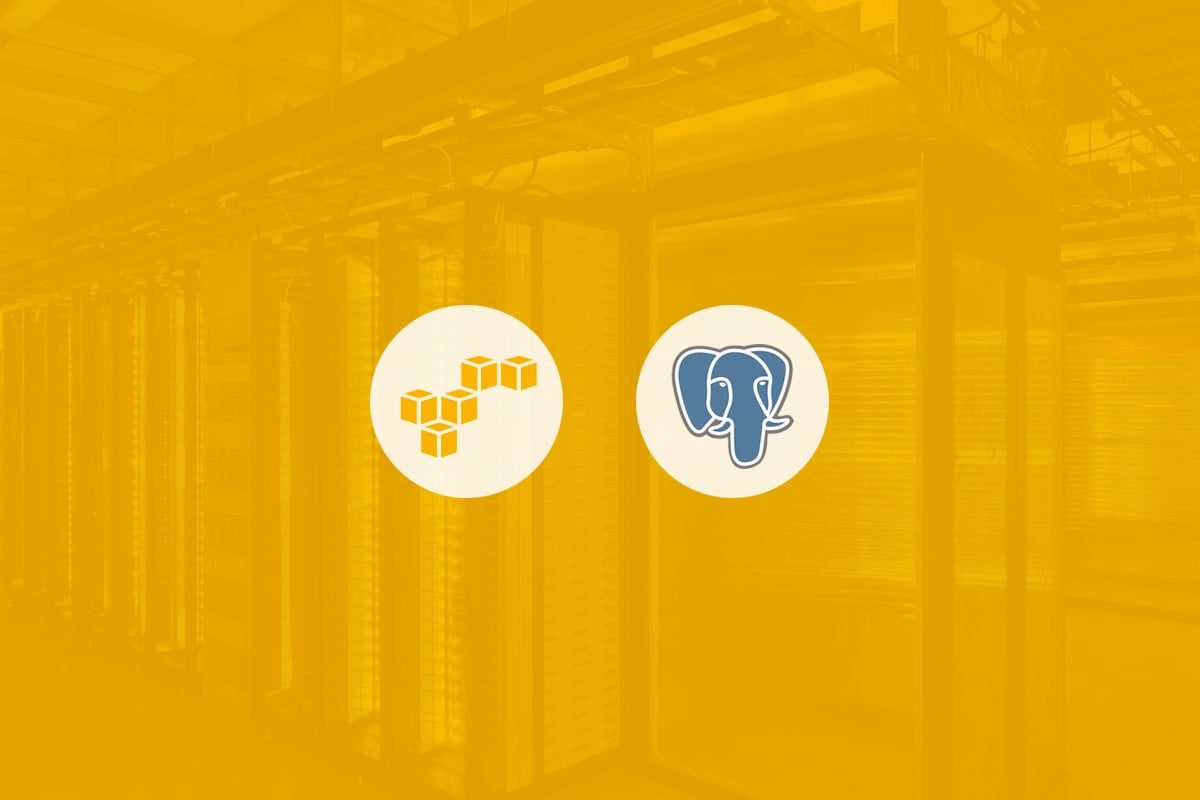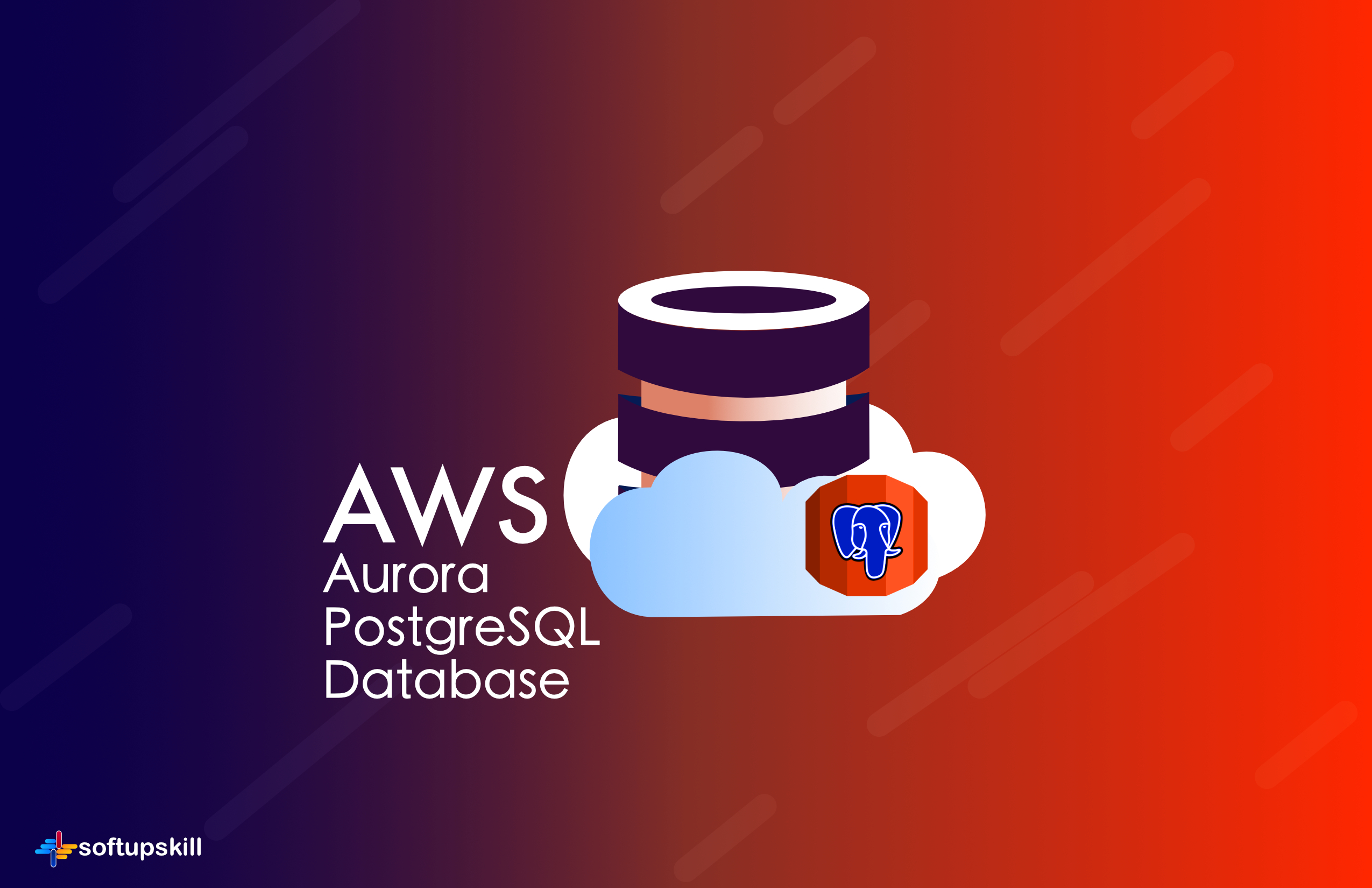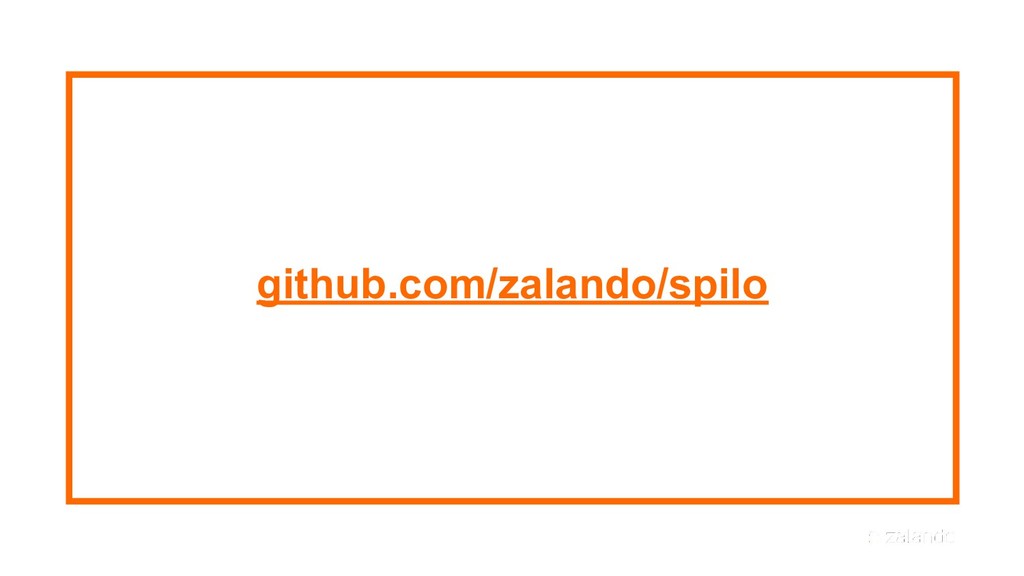
Attributes are nothing but the collection of. The new user now has the same permissions as the master user. If we define the role to superuser that role can have all privileges which means that can do all operations. Note: Replace new_master with your user name. User credentials (access key and secret access key) configured on the EC2 instance by running aws configure. These instructions can be applied for both AWS RDS Postgres and self-hosted Postgres. The AWS CLI installed on the EC2 instance. Apply all schema updates with this new user. An EC2 instance with psql installed to connect to Amazon RDS for PostgreSQL. For this post, we use Amazon RDS for PostgreSQL. Grant the role that you created rds_superuser permissions: postgres=> GRANT rds_superuser TO new_master An AWS account with an Amazon RDS instance running.

#Aws postgresql superuser password#
Note: Replace new_master and password with your user name and password.Ģ. Create a new user by running the CREATE ROLE command: postgres=> CREATE ROLE new_master WITH PASSWORD 'password' CREATEDB CREATEROLE LOGIN

Don't assign this role to a user unless they need the most access to the RDS DB instance.ġ. Important: The rds_superuser role has the most privileges for an RDS DB instance. To prevent this, review How can I stop Amazon RDS for PostgreSQL from logging my passwords in clear-text in the log files? Note: PostgreSQL logs passwords in cleartext in the log files. However, you can create another user that has all the same permissions as the master user. If you have followed these steps and are still facing issues, you may need to review your network configuration in more detail or consult your network administrators to ensure proper connectivity between the Azure and AWS environments.A DB instance that runs PostgreSQL has only one master user that is created when the instance is created. This can help you identify if the issue is related to the Azure Data Factory configuration or the network settings. Test the connectivity: You can use tools like psql or an application like pgAdmin to test the connectivity from a VM in your Azure environment to the AWS RDS Postgres instance.Now, try logging in with the superuser account you created in the previous step. Make sure the hostname, port number, and credentials are correct. Dont worry about the DEFERRABLE parts its telling PostgreSQL to not. Verify the connection string: Double-check the connection string used in the Azure Data Factory's source settings.Check Azure NSG rules: If you have a Network Security Group (NSG) associated with the Azure subnet, make sure it allows outbound traffic to the AWS RDS Postgres instance.Check AWS security group rules: Ensure that the security group associated with the RDS instance allows inbound traffic from the Azure Data Factory's managed private endpoint or from the subnet where your integration runtime is running in Azure.You can verify this in the AWS VPC console for the VPN connection status and the Azure portal for the Azure Virtual Network Gateway connection status.




 0 kommentar(er)
0 kommentar(er)
